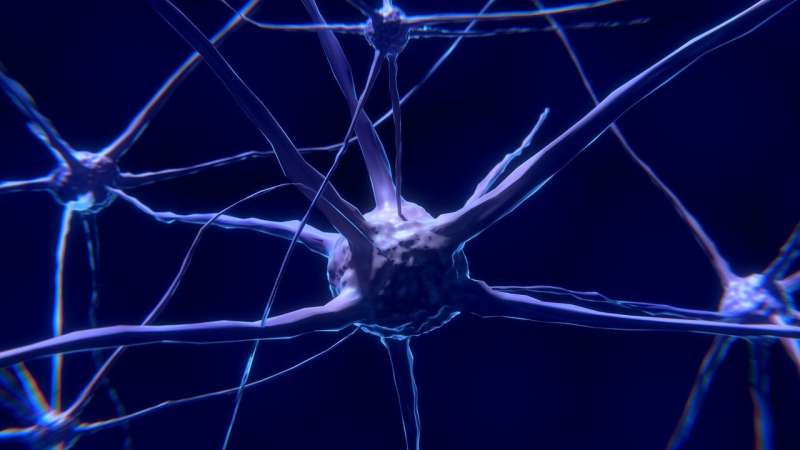Marmoset study identifies brain region linking actions to their outcomes

Researchers have discovered a specific brain region underlying ‘goal-directed behavior’ – that is, when we consciously do something with a particular goal in mind, for example going to the shops to buy food.
The study, published today in the journal Neuron, found that marmoset monkeys could no longer make an association between their behavior and a particular outcome when a region of their brain called the anterior cingulate cortex was temporarily switched off.
This finding is important because the compulsive behaviors in OCD and addiction are thought to result from impairments in the ‘goal-directed system’ in the brain. In these conditions worrying, obsessions or compulsive behavior such as drug seeking may reflect an alternative, habit-based system at work in the brain in which behaviors are not correctly linked with their outcomes.
It also sheds more light on how healthy people behave in a goal-directed way, which is needed to respond to changing environments and goals.
“We have identified the very specific region of the brain involved in goal-directed behavior. When we temporarily turned this off, behavior became more habitual—like when we go onto autopilot,” said Lisa Duan in the University of Cambridge’s Department of Psychology, first author of the report.
Marmosets were used because their brains share important similarities with human brains, and it is possible to manipulate specific regions of their brains to understand causal effects.
In the experiment, marmosets were first taught a goal-directed behavior: by tapping a colored cross when it appeared on a touchscreen, they were rewarded with their favorite juice to drink. But this connection between action and reward was randomly uncoupled so that they sometimes received the juice without having to respond to the image. They quickly detected this change and stopped responding to the image, because they saw they could get juice without doing anything.
Using drugs, the researchers temporarily switched off the anterior cingulate cortex including its connections with another brain region called the caudate nucleus. Repeating the experiment, they found when the connection between tapping the cross and receiving juice was randomly uncoupled, the marmosets did not change their behavior but kept tapping the cross when it appeared.
Such habitual responding to the colored cross was not observed when several other neighboring regions of the brain’s prefrontal cortex—known to be important for other aspects of decision-making—were switched off. This shows the specificity of the anterior cingulate region for goal-directed behavior.
A similar effect has been observed in computer-based tests on patients with Obsessive Compulsive Disorder (OCD) or addiction—when the relationship between an action and an outcome is uncoupled the patients continue to respond as though the connection is still there.
Previous evidence from patients suffering brain damage, and from brain imaging in healthy volunteers, shows that part of the brain called the prefrontal cortex is involved in goal-directed behavior. However, the prefrontal cortex is a complex structure with many regions, and it has not previously been possible to identify the specific part responsible for goal-directed behavior from human studies alone.
“We think this is the first study to have established the specific brain circuitry that controls goal-directed behavior in primates, whose brains are very similar to human brains,” said Professor Angela Roberts in the University of Cambridge’s Department of Physiology, Development and Neuroscience, joint senior author of the report.
Source: Read Full Article


